Many of us are regularly involved in negotiations.
There are what we might call informal negotiations. Whether you are negotiating an extension for a deadline, asking for an early finish from work because of an important family occasion or simply deciding who’s turn it is to mow the lawn, informal negotiations tend to rely heavily on more subtle factors of influence, relationship and emotional factors to achieve their aims.
This is in contrast to formal negotiations – those that centre on a contract or at least more fixed changes in the state of affairs between the parties – where specific factors such as price, service levels or time are traded in order to reach an agreement.
This rather simple distinction, while initially useful, falls short of what is really going on in any given negotiation which is, the sometimes obvious and often barely noticeable interplay between subtle influence and open bargaining. Skilled influencers and negotiators bring all these factors to the party.
What is more, those skilled in these matters understand the value of planning and preparation? Like a brilliant magician, what appears to us as effortless movement (hiding the sleight of hand trick) has been painstakingly planned and practised over and over again such that we are, in the moment, enchanted by the illusion.
Similarly, highly skilled communicators, when influencing or negotiating, who can respond effortlessly to the needs of the moment have invariably built this ability on the back of painstaking planning and practice. An effective plan is a stable base on which flexibility is possible.
This is fundamental to success in formal negotiations.
Everyone wants a good deal. But not everyone values things in the same way. A carefully crafted plan when heading to the meeting table includes, among many other things which you can learn at our Negotiation & Influencing courses, a detailed breakdown of all the known variables on which the negotiation might turn.
Price is no doubt key but those that can identify as many different variables away from price as possible are less likely to need to move on the price. Instead, they can shift the sands elsewhere and strike a better overall deal.
For example, let’s imagine you’re buying a car and, having walked the forecourt (or every forecourt in a 30 mile radius that I’m sure I‘m not alone in remembering less than fondly) you’ve spotted the model you want at a price that is affordable. You know there will be some room to negotiate this down.
The question is; how many variables away from price do you think the salesperson has considered and planned for before they even set eyes on you?
In just a quick, off-the-top-of-the-head list you might identify; colour, engine size, payment terms, delivery, after-sales care, heated seats, xenon headlamp options, sound systems (the list of options on a new car is very long so hopefully you get the idea here) and of course the ‘free mats and tank of petrol’ that we can satisfy ourselves with as a final win before we seal the deal.
This variety and variability is not just designed to confuse us with complexity – so the salesperson can rescue us from our ignorance and help us get exactly what we wanted – it is also a means by which they can understand what is most important to you and therefore what you place more value on.
Generally speaking, what we value, we overvalue in terms of its material worth. Just think of sentimentally valued items and it is clear; cost and value are distinct.
Once they understand what you place value on in a deal, they can offer to move on those things that represent value to you but are low cost to them. For instance, many of us buying a new car know that what other people think of us in our new car is important and so is how we feel when we are inside it. This is why spanking new mats represent a huge overvaluation to the buyer given that it will have cost the seller very little to give these away. When looking back through the details it may become clear to many that the real value of the mats nowhere near compensates for the small reduction in interest rate (which we also thought was a positive at the time) but that actually costs us substantially over the course of the full deal.
Cost and value are different. So, make a list of all the variables you can in any given negotiation and place a cost on each. Think creatively, there may be more things you can offer than first meets the eye. Make sure you carefully think through combinations of variables, so you know how to maintain your margins if you move on several items. And make a best-assumptions list of what you think the other party values and put it in order of importance.
Now you can look for items that represent high value to them and low cost to you and trade on things items first. The more preparation work you put into this aspect of negotiation the more confident you will feel when a skilled negotiator begins, as they should, to take the same approach with you.
Happy negotiating.




